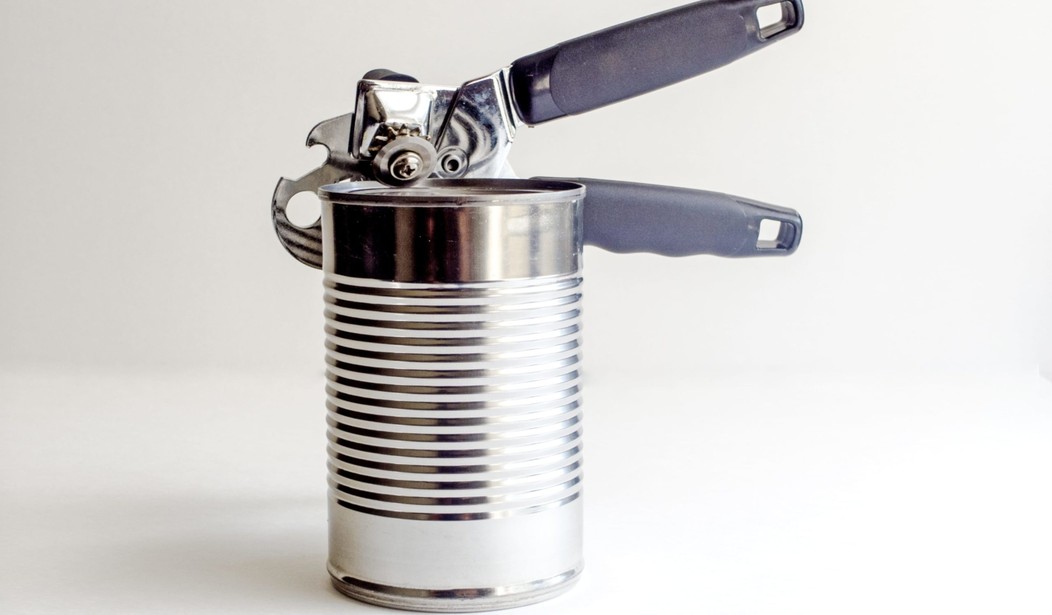You wash your hands after using the restroom. You wash them more during flu season. You clean your countertops after preparing raw chicken. You have a bottle of hand sanitizer in the car. So you think you’ve got germs under control, right?
When it comes to items around your house, you might be unpleasantly surprised to learn that there are countless surfaces that are covered in bacteria — the kind of bacteria that can make you sick really easily. Gross. Even when you think you’re doing your due diligence to keep everything sanitized, you might want to take a closer look at your surroundings and whip out your Clorox.
Here are the dirtiest places in your home. Now that you know about them, get those germs out of there!
8. Can opener
You’d never think of it, but your can opener (and other small items that you use and probably throw right back in the drawer) could be crawling with germs. Typically we use these things while cooking, which means that you might come into contact with raw meat or eggs and then open a can to continue cooking your meal. Also, these items hardly ever get a wipe-down or thrown into the dishwasher, so they never even get the opportunity to get cleaned. Until now, hopefully.
7. Cell phone
How often do you wipe down your cell phone (or even your landline) with bleach? Not often enough, most likely. Think about everything your hands touch throughout the day. You give handshakes, blow your nose, touch doorknobs (we’ll get to doorknobs in a minute), touch food, hold onto the railing when going down the stairs, hold onto the handlebar on the bus or train–and then you grab your phone to text someone or open Facebook. Everything you touch throughout the day inevitably ends up on your phone, which makes it a breeding ground for disgusting viruses. Don’t forget that you might actually use your phone as a phone, so those germs then touch your face and maybe even your mouth. Blech.
6. Keyboard
Everything you touch throughout the day (as in the cell phone example) gets transferred to your keyboard the second you touch it. If your keyboard at home is part of a computer that is also used by the rest of your family, all of their germs are on it as well. So your first-grader who has a kid in his class with the flu was all over that keyboard when playing Mathletics, and your high-schooler who rode the bus home wiped all of her germs onto it after touching a pole that was touched by the rest of the city. You might want to wipe that down ASAP.
5. Doorknob
Many people use a paper towel to open the door after using a public restroom, and this is a good practice to avoid coming into contact with germs. But what about the doorknob on your front door? Or the door from the garage? Or to your bedroom? Or your own bathroom? When we clean our houses, very rarely do we give these spots a good scrubbing. And we should. They’re covered with everything our hands have touched throughout the day.
4. Cutting board
This goes for all cutting boards, but especially wooden ones. When we use a cutting board, our knives make little grooves into the surface. And everything that is on the item that we’re cutting gets into those tiny spots and has the chance to multiply. That means that the chicken you’re so careful with is probably covering your cutting board with salmonella. You need to clean it with bleach to even have a shot of getting it properly cleaned.
3. Pillow
Sure, we change our pillowcases, but how often do you throw your actual pillow into the washing machine? (This is how they can be cleaned.) Everything that’s on your face gets transferred to your pillow every night — germs from that cold you’ve been fighting, dead skin cells. Throw the countless dust mites into the mix and you have a pretty disgusting germ container sitting on your bed.
2. Toothbrush holder
Whenever you replace your toothbrush into its holder, it likely drips water into the bottom. What does sitting water do over time? Yep, it becomes a favorite spot for bacteria to grow. If you don’t routinely clean out the bottom of that toothbrush holder, start doing it now. Because all of that bacteria is being transferred to your hand (and maybe even your mouth) every time you brush your teeth.
1. Kitchen sponges
Not only can water stuck in the sponge promote the growth of harmful bacteria, but everything you’re cleaning off of your dishes (including potentially dangerous salmonella) gets caught in the millions of tiny holes in a sponge. You should change your kitchen sponges often, and in between run them through the dishwasher or washing machine.

















Join the conversation as a VIP Member